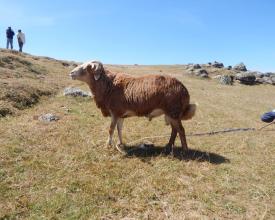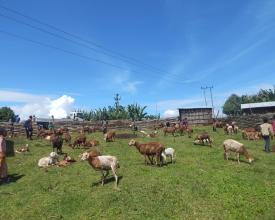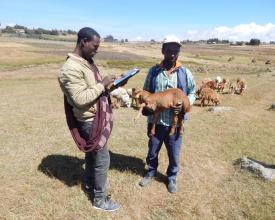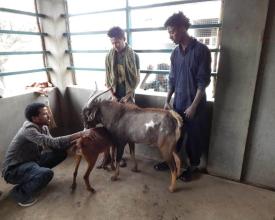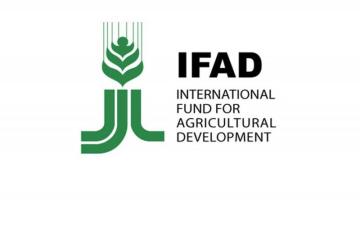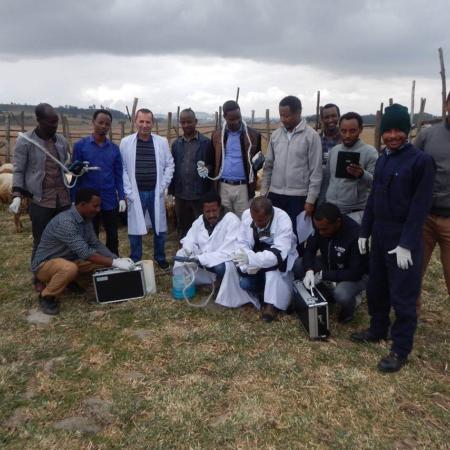
Low-Cost, Low-Infrastructure Reproductive Platform to Nurture Ethiopian Sheep and Goat Breeding Schemes
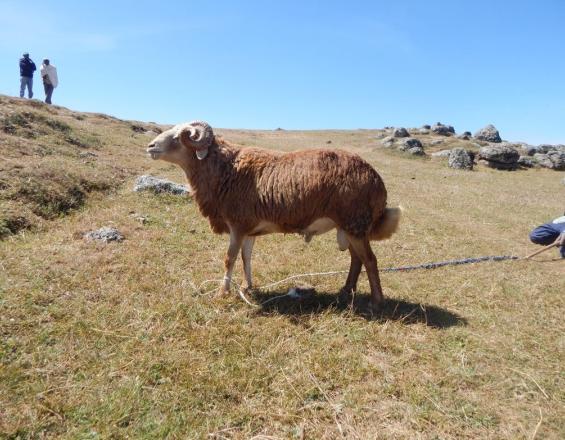
Through the solution Reproductive Platform, the objectives were to establish low-cost, low-infrastructure reproductive laboratories that would enhance the delivery of improved genetics for the main sheep and goat breeds and contribute to the transformation of their breeding programs in Ethiopia, reduce the risk of potentially unsuitable rams being used for breeding and provide the communities with a new opportunity for a business model. The network of labs composing the reproductive platform is fully operated by the regional research institutes in Ethiopia and ICARDA provided the required training and logistics for the labs to be fully operational with exclusive support from the national institutions.
Context
Challenges addressed
The use of quality rams and bucks are the backbone of breeding programs. There have been attempts to improve the productivity of native breeds through crossbreeding with imported genotypes, but there have been little efforts to select quality indigenous breeds for improved productivity including reproduction. The quality plays an important role in food security and nutrition and is an essential factor to prevent hindering the successful and well-established or emerging breeding programs. To avoid bottlenecks, understanding existing knowledge gaps is critical to livestock transformation plans and implementing breeding programs. Thus, the rising demand for small ruminant products necessitates efficient, well-targeted and clear objectives and should be backed by improvement in feeding, disease control and better reproductive management for production and marketing systems. The quality of reproduction triggers livelihoods in the form of income, food and industrial raw materials.
Location
Process
Summary of the process
Originally, the community-based breeding programs (CBBPs) in Ethiopia started at a pilot level involving a limited number of communities and villages for each of the targeted sheep and goat breeds. The adoption of Community-Based Breeding Program’s in the Livestock Master Plan and by other largely funded initiatives in the country created a new demand in terms of expanding/scaling Community-Based Breeding Program’s and as a result, new approaches were required to widely disseminate the improved genetics. Partners in Ethiopia made requests for the expansion of the reproductive platform towards more goat sites, particularly in the North. Such services include programmed natural mating plans, Artificial Insemination’s, services for pregnancy diagnosis to improve management, estrus synchronization and sires’ certification and the supporting CapDev activities targeting technical staff and farmers, members of the CBBPs. These elements represent the main drivers towards establishing the reproductive platforms and the 2 simultaneous building blocks of (i) establishment of the infrastructure in the proximity of each CBBPs and (ii) upgrading the technical capacity of the regional staff for maximum autonomy.
Building Blocks
Network of labs
Fully operated by the regional research institutes in Ethiopia and providing a wide range of reproductive techniques and biotechnologies, the network of labs forming the reproductive platform, provides support to the implementation of the sheep and goat breeding programs in Ethiopia simultaneously to a number of services intended to improve the reproductive management for higher productivity. Initial co-investment by the regional research institutes in Ethiopia and ICARDA resulted in the latter upgrading the capacity level of the regional staff and supplying the labs with the required equipment and supplies to function autonomously.
Enabling factors
- Investment and involvement by the national institutions and ICARDA
- The scaling of the breeding programs to new communities and villages generated a new demand in terms of reproductive technologies for a wider dissemination of improved sires
- Adoption by the national actors of community-based breeding programs to develop the sector of small ruminants
Lesson learned
- Contextualized approaches from a technical and institutional angle to establish the reproductive labs and the services provided
- Developed technologies are mainly based upon locally available supplies and equipment for the business model to be replicated with a minimum external support
Capacity Development activities
The reproductive platforms include programmed natural mating plans, Artificial Inseminations, services for pregnancy diagnosis to improve management, estrus synchronization and sires’ certification and the supporting CapDev activities targeting technical staff and farmers, members of the Community Based Breeding Programs’.
Enabling factors
- Participation of farmers in the trainings
- Continuous funding by local institutions
- Identification of gaps in knowledge
- Continuous engagement by federal and regional actors
Lesson learned
The knowledge acquired to support reproductive platforms in support of the breeding programs in low-input systems is composed of modules which can be easily replicated through capacity development and technical fine-tuning. Capacity development of Ethiopian researchers and extension staff must continue to the expansion of Community Based Breeding Program’s and the orientation at the government level to adopt this approach for the genetic improvement of the indigenous sheep and goat breeds. Identifying gaps in the current state of knowledge encourages new investments in research and potential for further replication.
Impacts
- Broad adoption: According to a study based on the sheep and goat population in the Community Based Breeding Program area, approximately, 540,000 adult female sheep in 9 Woreda and 370,000 adult female goats in 3 Woreda in Ethiopia have directly benefited or are exposed to the services, amounting to 6000 households in total benefiting by the reproductive platform for the delivery of improved genetics.
- Higher yields: closed yield gaps through improved reproductive management practices.
- Genetic gains: widespread dissemination of genetic gain in the framework of CBBPs in Ethiopia.
- Improved methods: a prostaglandin-based protocol composed of 2 injections 11 days apart, preceded by a careful selection of non-pregnant ewes for cervical fixed-time Artificial Insemination with fresh semen, is a feasible reproductive management option to support sheep breeding programs in Ethiopia, selected sires are certified for genetic merit, reproductive fitness and free from infectious diseases.
- Improved fecundity: Conception rates up to 50-60% have been achieved in large field trials; improvements in overall fertility and litter size in Community Based Breeding Programs flocks are recorded as a result of the improved management practices accompanying the implementation of the breeding programs.
Beneficiaries
The main beneficiaries of this solution are small ruminants and smallholder farmers.
Sustainable Development Goals
Story

As part of the functions provided by the reproductive platform is the service delivery for pregnancy diagnosis. On a routine basis, trained staff of the regional agricultural research institutes go to the communities and farmers (men and women) have the opportunity to bring their ewes and goats for a quick check of their pregnancy status. This allows farmers to check on repeat breeders, on spotting pregnant females that should not be taken to the market. It is the mobile obstetric and gynaecology unit for sheep and goats.

